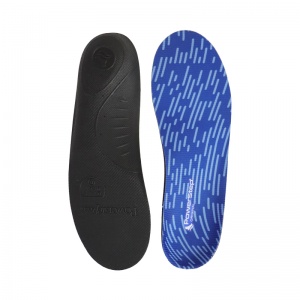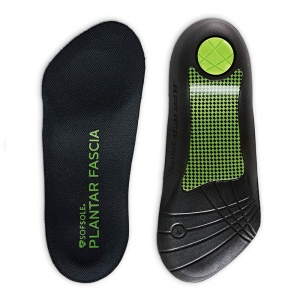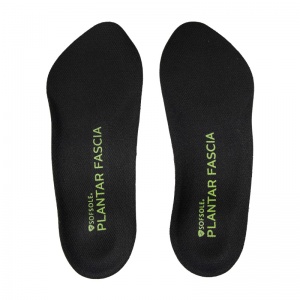Causes of Plantar Fasciitis
Plantar fasciitis is the inflammation and thickening of the plantar fascia, the band of tissue in the sole of your foot that links the heel and toe bones. It usually causes a stabbing pain of the bottom of your foot that is worse in the morning. Because your plantar fascia is such a vital part of how your foot works, it’s important that you know what causes plantar fasciitis so you can avoid it.
Being Overweight
Your plantar fascia is made to absorb the shocks your foot takes everyday when you walk or run. If you’re overweight, these shocks are stronger and heavier, which can cause the plantar fascia to stretch and tear repeatedly. Alongside this, being overweight causes more weight on the heel, which also stretches the plantar fascia. This will eventually lead to plantar fasciitis developing.
This is deceptively simple to correct. By making a few lifestyle and diet changes you can easily start to lose weight; go for longer walks, chose lower-calorie versions of foods and be aware of what you’re putting into your body.
Certain Types Of Exercise
Some exercises put more strain on the heel and the surrounding tissue. These include long distance running and ballet and by applying more pressure and strain on the heel (and by extension the plantar fascia), they can cause the plantar fascia to stretch and tear, causing plantar fasciitis.
This is harder to help prevent; if you’re dedicated to your sport, nothing is going to stop you. Just be aware of the strain you’re putting on your body and try to take appropriate steps to counteract this.
Sudden Injury
This is most likely to happen to younger people who are active. A sudden injury to your heel can cause a sudden tear to the plantar fascia. As it heals, the tissue grows back thicker and firmer – this is plantar fasciitis.
This can be very hard to avoid. Sudden accidents are unforeseeable and can be caused by just about anything, and it’s a massive mistake to stop exercising altogether. Alternating between running and other exercises like swimming or cross-training helps to reduce the causes of plantar fasciitis.
However, if the sudden injury was caused by something that can be prevented, then you should do what you can to prevent it. Things like leg length discrepancies can be prevented with shoe insoles, and you should remember to maintain common sense when running in public.
Age
In time, even the most everyday of activities can put enough strain on the plantar fascia to push it to breaking point. After 40, your risk of plantar fasciitis developing from gradual wear and tear is much higher. Even if you do everything right, after a certain point your plantar fascia can take no more.
This one is almost impossible to prevent, but there if you have plantar fasciitis there are some things you can do.
One of the best ways to deal with plantar fasciitis is to wear a shoe insole. A shoe insole designed to help with plantar fasciitis can support the painful arches the condition can cause, and can provide extra cushioning and shock absorption to the foot to relieve the strain on the plantar fascia to help it heal.
If you’re interested in getting some shoe insoles to help with plantar fasciitis, head over to Shoe Insoles and check out our range of Insoles for Plantar Fasciitis.
Powerstep Original Full Length Orthotic Insoles
- Strong pair of insoles featuring medical-grade support
- Deep heel cradle supports collapsed or weak arches
- Double layer and low profile casing ensures long lasting support
- Friction reducing top fabric enhances comfort
Sof Sole Plantar Fasciitis Orthotic Insoles For Men
- Pair of insoles for plantar fasciitis pain relief
- Comfortable solution for men with plantar fascia pain
- Relieves heel spur pain thanks to gel in the heel
- Fits most footwear types thanks to a ¾ length design
Sof Sole Plantar Fasciitis Orthotic Insoles for Women
- Pair of insoles for plantar fasciitis pain relief
- Comfortable solution for women with plantar fascia pain
- Relieves heel spur pain thanks to gel in the heel
- Fits most footwear types thanks to a ¾ length design




.jpg)
.jpg)
.jpg)
.jpg)

.jpg)
.jpg)
.jpg)
.jpg)
.jpg)

.jpg)
.jpg)